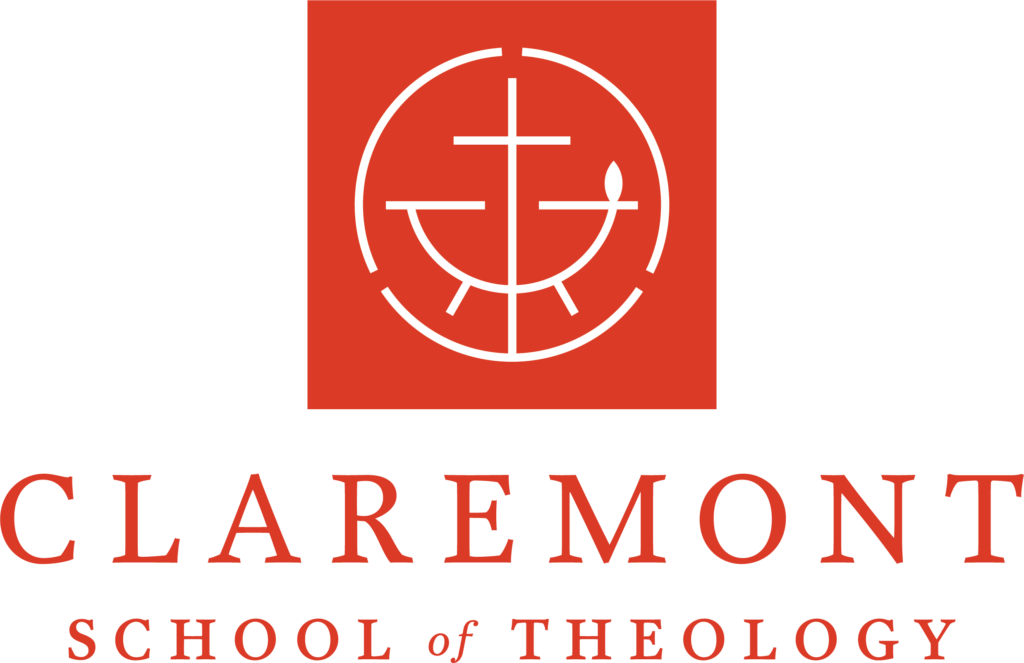Mission Statement
Claremont School of Theology (CST) forms spiritual, academic, and community leaders for compassion, justice, and belonging, through interreligious and intercultural graduate theological education.
Vision Statement
One of 13 seminaries of The United Methodist Church, Claremont School of Theology (CST) aspires to nurture communities of compassion, justice, and belonging by promoting learning through interreligious, intercultural, and global contexts. To that end, we seek to form leaders and lifelong learners who are adept at engaging the wisdom in sacred textual and artistic works; tending the movements of the interior life; practicing liberative and creative action; exploring the complex legacies of their traditions; cultivating cultural humility; celebrating diversities; and striving for equitable and accountable sustainability in the institutions, communities, and ecologies of the world.
Our Core Values
Compassion – We believe that leaders must have the capacity to be moved by suffering in the world and the courage to act to alleviate it.
Justice – We are committed to the just and equitable treatment, inclusion, and representation of the incredible diversity reflected in today’s world.
Belonging – We know that human flourishing is deeply tied to relationships, and we thrive when we are in community with one another.
History
Claremont School of Theology is fully recognized and approved as one of thirteen official theological schools of The United Methodist Church. CST has close relationships with other Protestant denominations, especially the Disciples of Christ and United Church of Christ, the Episcopal Church, and the Evangelical Lutheran Church in America.
The school traces its history to 1885 with the founding of the Maclay College of Theology in San Fernando, California. In 1900, Maclay College moved to the campus of the then Methodist-affiliated University of Southern California in Los Angeles. In 1956, the School withdrew from the University and became an independent corporation, related to the Southern California-Arizona Annual Conference of The United Methodist Church. The School moved to its present Claremont site in 1957.
The following distinguished presidents have provided extraordinary leadership for Claremont School of Theology:
Ernest Cadman Colwell (1957-1968)
Gordon Elliott Michalson (1968-1977)
Richard Wilson Cain (1977-1990)
Robert W. Edgar (1990 – 1999)
F. Thomas Trotter (1999 – 2000, interim)
Philip A. Amerson (2001-2006)
Jerry D. Campbell (2006-2013)
Kah-Jin Jeffrey Kuan (2013 – 2023)
Grant Hagiya (2023 – )
The Road Ahead
Claremont School of Theology (CST) has faced significant financial and legal challenges over the years, primarily centered around a restrictive property agreement with the Claremont Colleges. This agreement, originating in 1957, allowed the Colleges to buy back CST’s land at a fraction of its value, leading to a prolonged legal battle as CST sought fair market value.
In response to its financial pressures, CST has explored various pathways to ensure its future, including plans to sell its Claremont campus and relocate or merge with other institutions. CST explored relocating to Willamette University in Oregon, but the merger fell through due to the ongoing litigation.
In 2023, CST successfully sold its campus and relocated to Westwood United Methodist Church in Los Angeles, a move that aligns with its mission and provides a sustainable path forward. CST has its own offices and classrooms at that new location.
Despite the ongoing litigation and financial hurdles, CST continues to thrive as an educational institution, with an unwavering commitment to training pastors, imams, rabbis, chaplains, professors, and nonprofit leaders who can engage empathetically with a diverse world. With this strong foundation and a growing student body, CST is poised to continue its vital role in shaping the future of theological education.
Our Logo and Seal
The seal of the Claremont School of Theology (below), was designed by its first president Ernest Cadman “Pomp” Colwell and symbolizes the spirit of this community of scholars.
In his words, “The cross represents our central concern for the Christian Gospel. The cross is joined to an arc to create an anchor, an ancient Christian symbol of salvation, the healing of the [human] spirit. A lamp of knowledge, symbolic of the community’s abiding commitment to the disciplines of the mind and of learning, is a central feature of the figure. The circle, symbol of wholeness and unity, surrounds the elements. The circle is broken in three places to symbolize openness and free exchange of ideas across religious traditions.”
CST Seal

CST Logo
Contact Us
CST Main Line: 909.447.2500
Office of the President
president@cst.edu
Office of Admissions
admission@cst.edu
Office of Registrar
cstregistrar@cst.edu
Office of Development
giving@cst.edu
Alumni/ae Office
alumni@cst.edu
Media & Public Relations
publicrelations@cst.edu
Library
mfroelich@cst.edu

